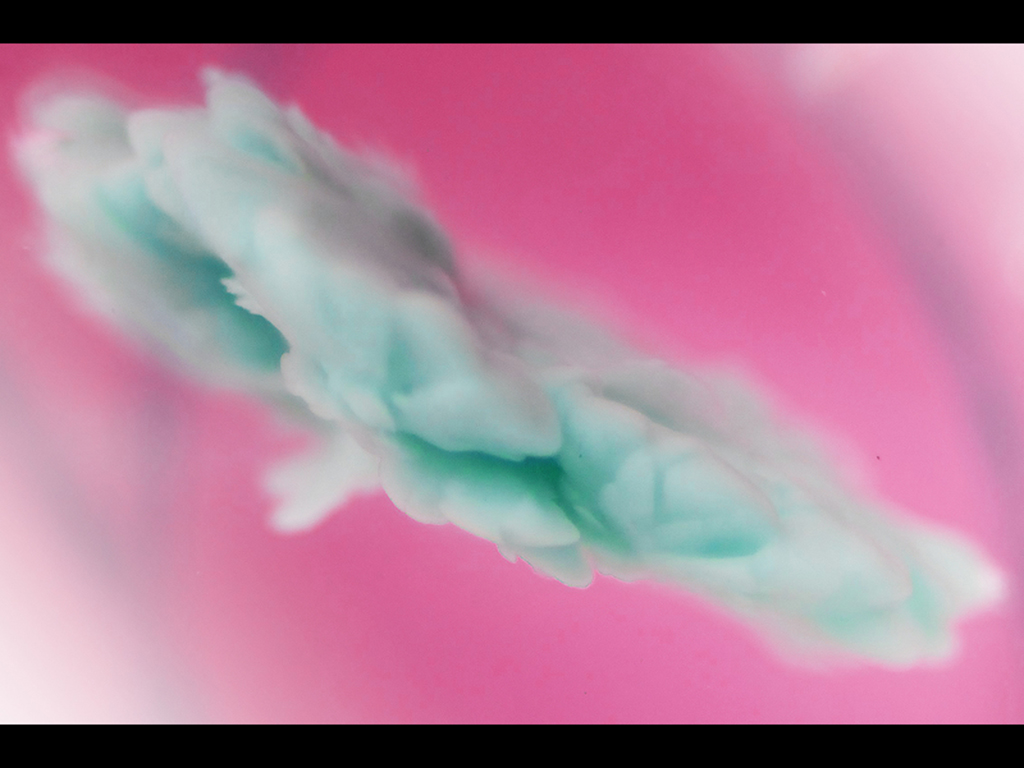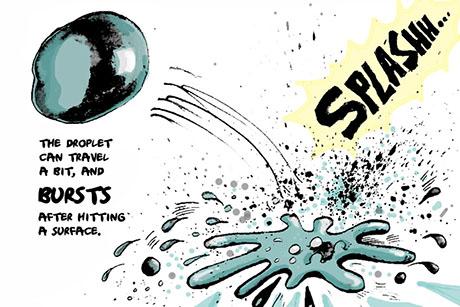Discovering nature’s properties through nonlinear solid mechanics
Have you ever wondered how biological materials like skin and muscle grow? Or why these materials behave the way they do?
These important questions are what researchers in the field of nonlinear solid mechanics seek to answer. The Cohen Mechanics Group headed by Dr. Tal Cohen, a researcher and associate professor of civil and mechanical engineering, was founded in 2016 in the Department of Civil and Environmental Engineering with the aim of first developing, then testing, theories in this field.
According to Cohen, if you were to compress a material and measure its displacement in response to that load, you could then graph the relationship between the two. For sufficiently small forces, the relationship could be simplified to a linear curve — a straight line, for which the slope is the stiffness of the material. This linearization is extremely useful for engineers in predicting the behavior of structures. However, this model doesn’t always apply in the real world, especially with softer materials that can undergo large deformations when a force is exerted on them. The study of nonlinear solid mechanics goes further by subjecting materials to extreme stress or strain to observe their properties and behavior. Examining these extremes enables a more complete understanding of these materials.
The applications of this field are widespread, from creating stronger buildings to studying the nature of brain injuries. While these two examples seem vastly different, they are both the subject of the Cohen Mechanics Group’s work.
Over its five-year existence, the group has gained many new insights in the field. One that Cohen is particularly proud of is the lab’s development of the volume-controlled cavity expansion (VCCE) method. In the VCCE method, water is injected into a chosen material like biological tissue. By controlling the volume of injected water and measuring pressure, stiffness and other material properties can be locally measured in the tissue. Prior to the development of this method, measuring these quantities in biological tissue was difficult depending on its size and shape, as well as the fact that tissue behaves differently inside or outside the body.
Many potential applications of the VCCE method have emerged, especially within healthcare. Hannah Varner, a mechanical engineering PhD student leading the VCCE effort in the Cohen Mechanics Group, is currently applying the method to model the properties of blood clots. Another major potential application is in guiding the surgical removal of cancerous tissue. When surgeons perform these operations, they often have to rely on the relative fitness of tissue to decide what to remove. The drawback of this approach is that it relies on human intuition. The VCCE method could provide quantifiable material properties of diseases that would make locating and removing cancerous cells more precise, improving the way that cancer is treated. Recently, the Cohen Mechanics Group has been working with local doctors to explore implementations of the VCCE method in a healthcare setting.
Another subject the group studies is how organisms grow. Rather than using the typical approach of reverse engineering a biological system and guessing at a correct model, the group breaks the system down into what Cohen describes as “the basic mechanisms that generate growth.” The group creates models synthesizing those mechanisms together. These models guide their understanding of how organisms will grow, which can provide insight that can be used in the design of objects from non-biological materials.
Cohen emphasized how curiosity drives the group’s members. “Everything we do starts with some curiosity due to observing something,” she said. The group is “constantly encountering more and more phenomena to understand.”
That strong curiosity, along with the interdisciplinary nature of the group’s research, is displayed through the range of projects the group’s ten members are currently undertaking. Speaking to these students, including Hanna Varner mentioned above, provides interesting insight into their projects. Tara Venkatadri, a fourth-year aerospace engineering major, has been working to better understand interfacial failure of adhesives and the effects of torsion on them. Mrityunjay Kothari, a postdoctoral associate with a PhD in solid mechanics, is studying biofilms — gatherings of bacteria that grow everywhere from our teeth to the bottom of ships — and examining how they grow in different settings. Chockalingam Senthilnathan, an aerospace engineering PhD student is studying how shear shocks travel through the brain and can cause much more damage than previously thought. Though these projects may seem drastically different, they are rooted in the same fundamental questions. As Cohen described it, “we have different projects that are pulling along different directions, but we also collaborate a lot within the group, and things essentially merge.”
The Cohen Mechanics group has accomplished much in the five years since its founding, and with its many ongoing projects, it promises to continue producing interesting and insightful research. As the group looks towards the future, they hope to see their work applied in various fields and for their research to help others to better understand the world around us. As Cohen stated, solid mechanics “applies to so many things. That’s what’s so exciting about solid mechanics: it’s just in everything and everywhere.” Thus, there is no telling what the group might discover next.



